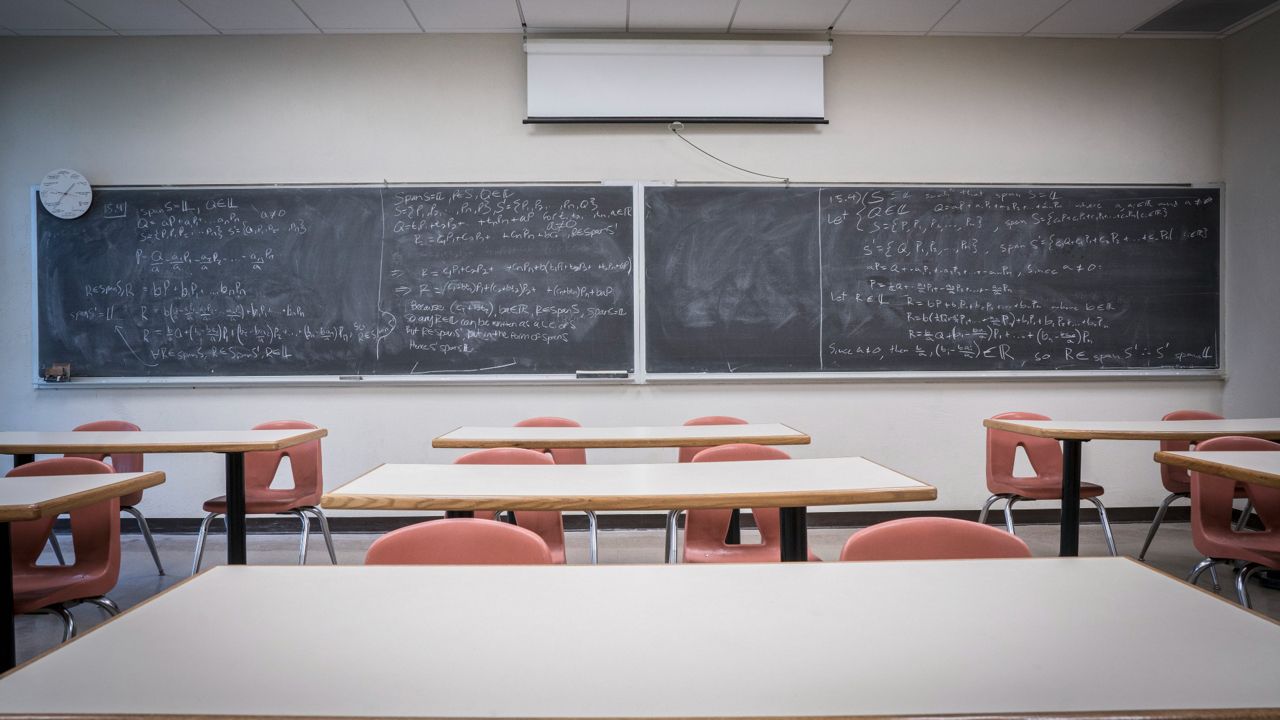Many of the schools in New York that benefitted from a $1.4 billion increase in direct education aid by the state are in low-wealth rural areas, a report released by the New York State Council of School Superintendents found.
The report comes after the state budget in April boosted education aid by $1.4 billion, a 7.6% hike with a full commitment for funding within the next three years. While that's a statewide number, the report reviews how school districts themselves were affected.
Forty-two percent of school districts in New York were found to be "save-harmless" — or fully funded now. Of those districts, 83% are considered be average and high-need schools, many of them in rural communities with low wealth.
But at the same time, 17% are districts that are now further from full funding than when the funding formula began.
“Almost from the beginning back in 2007, we described Foundation Aid as an underappreciated achievement in public policy. It generally delivered the greatest aid per pupil to the neediest districts and promised more transparency in state funding," said Bob Lowry, the group's deputy director and the author of the report.
Districts that have received strong direct aid increases in the past have also seen enrollment increases and other changes in their demographics that have led to goals for full funding increase even more. The impact of federal COVID-19 relief aid, too, could also lead to further revisions in how state aid is directed.
“The state’s major revenue sources can be hard to predict and that creates uncertainty for school funding," Lowry said. "But the determination the legislature has shown in funding the formula is impressive and that gives us hope that the promise of Foundation Aid will finally be fulfilled.”


